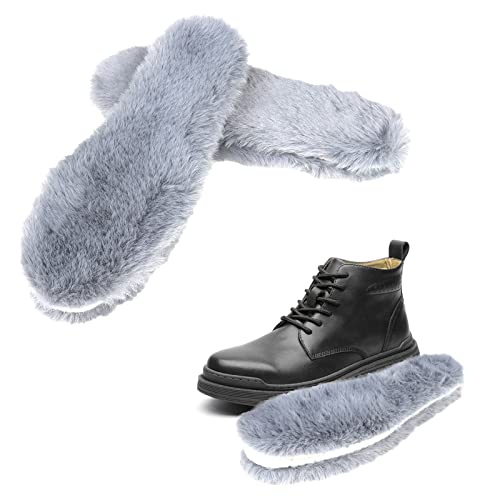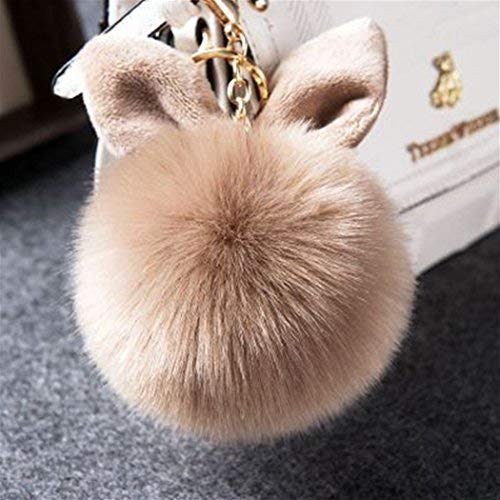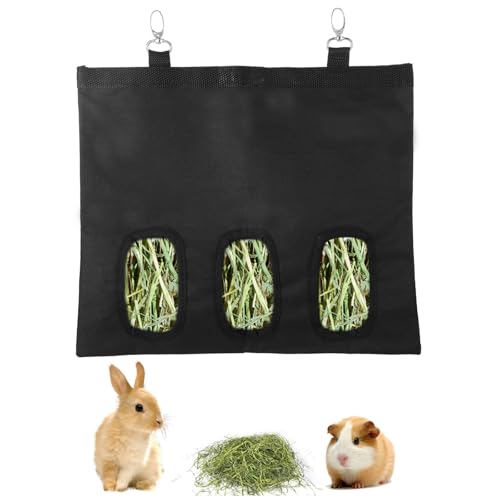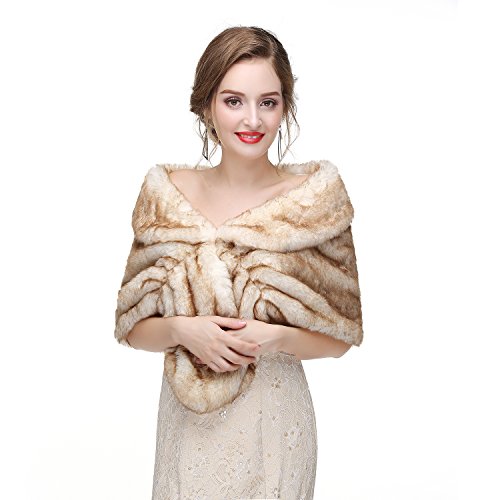Those are super helpful! They're nice-looking Hollands - I especially like the head on that doe.

Your buck does look like a VM sable, as you say, and the doe looks like a smoke pearl (aka dilute sable, aka blue sable). I wouldn't think she was smoke pearl point (which is a non-extension blue sable) because her body color is pretty typical for smoke pearl; non-extension colors usually have more of a cream cast to the body color, but some of them can be fairly dark overall, so it is a slight possibility.
Either way, if both parents are sable, that means they have the sable allele in the dominant position at the C locus, notated <
c(chl)_>, with the understrike meaning you can't be sure whether the second allele is himalayan <
c(h)> or REW <
c>. It must be one of those because sable is recessive to full-color <
C> and chinchilla <
c(chd)> so those can't be there, and if the second spot was another sable allele, the rabbit would be seal <
c(chl)c(chl)>, which would look
almost self black (or
almost self blue, for the doe).
To summarize, the C locus has the following known alleles, in order of descending dominance. Even though there is some co-dominance, generally a more dominant allele will cover up/hide the affects of a more recessive allele.
C – full-color: all pigments allowed to show
c(chd) – chinchilla: suppresses most/all pheomelanin (yellow pigment that makes red/orange tones) production in fur
c(chl) – sable/shaded: suppresses all pheomelanin, interferes with eumelanin (the pigment that makes dark tones) so that black appears sepia and eyes have a ruby glow; short hair less affected so rabbit is “shaded.” Two copies of this allele result in a "seal" which is such dark sepia as to appear nearly black (or blue, chocolate or lilac), and the shading is extremely subtle.
c(h) – himalayan: suppresses all pheomelanin production, and is temperature-sensitive so eumelanin is generally produced only on extremities; prevents all pigmentation in eyes
c – REW: all pigment production is suppressed in skin, fur and eyes. A REW rabbit still has all other color and pattern genes, but they cannot be expressed if the individual has two copies of this allele.
So, with your buck and doe both being <
c(chl)_>, there is no chance that any of their babies could have a full-color <
C> to make a blue point (see below for more details on that variety). They could make blue sable (aka smoke pearl), blue seal magpie, or blue sable magpie (aka smoke pearl magpie), if the buck carried an allele for dilute that could pair up with one from the doe. I'm not sure, off the top of my head, why one kit looks nearly (though not perfectly) white and one looks so much more creamy...

The harlequin allele can disrupt color distribution in surprising ways, and I don't have any direct experience with the meeting of harlequin and sable. But the sable (aka shaded) allele would explain the darker nose.
Some confusion can come from the common names of the different varieties: even though they're both called "point," blue point and sable point/smoke pearl point come from very different genetic combinations.
"Blue point" is actually a blue himalayan, so it requires certain alleles on the C and D loci. It needs two dilute alleles <
dd> at the D locus, and a himalayan allele <
c(h)> in the dominant position on the C locus. They're usually self, and are black-based, so the whole notation would be <
aaB_c(h)_ddE_>. The body is white, with the himi allele restricting color to the extremities.
"Sable point" or its dilute version "smoke pearl point" is a non-extension sable - it comes from a combination of two different alleles: one on the C locus and one on E locus. It needs a sable in the dominant position <
c(chl)_> and two non-extension alleles <
ee> at the E locus. They are also selfs and black-based, so <
aaB_c(chl)_D_ee> for sable point, or <
aaB_c(chl)_ddee> for smoke pearl point. Even though they can be very pale, their bodies aren't white, exactly, but lighter color shaded towards the darker extremities.




















































